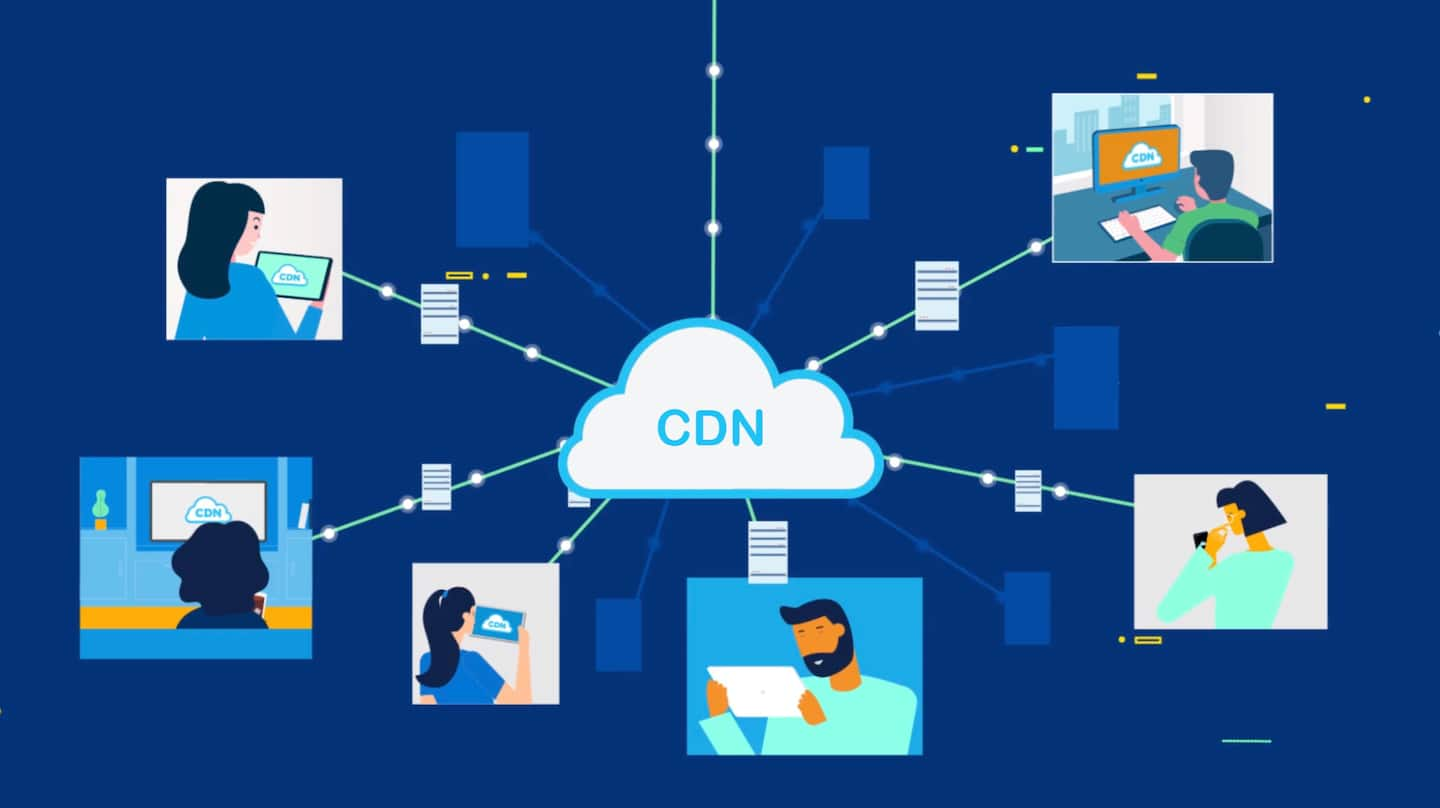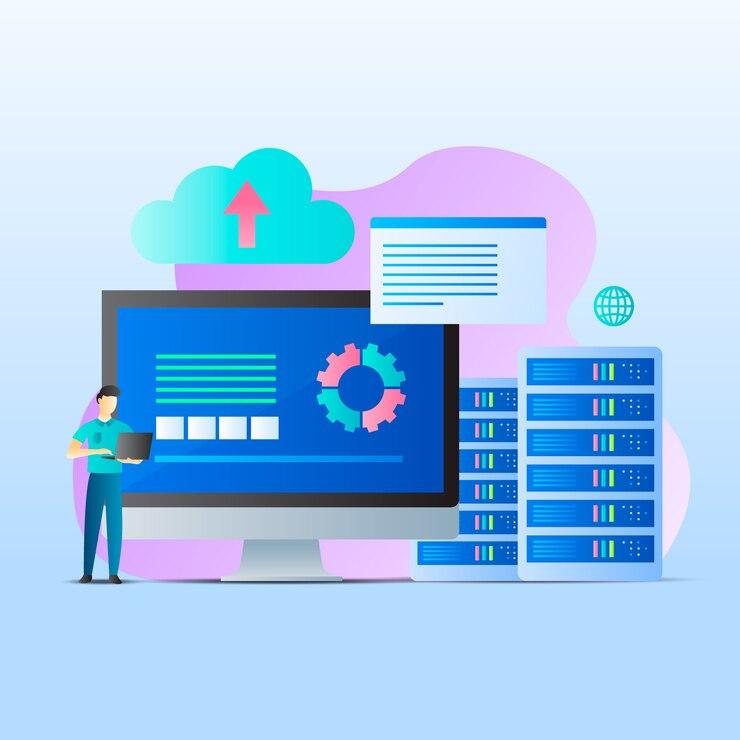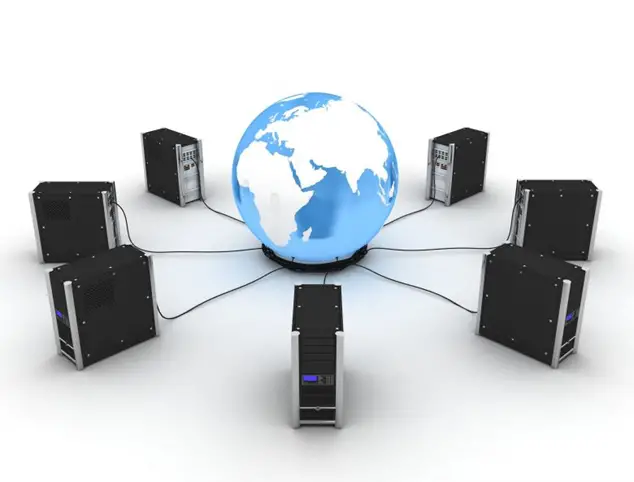Content Delivery Networks (CDNs)

- CDNs distribute content from servers located closer to users, reducing latency and improving load times.
- Operators like Rogers, Bell, and Telus have their own CDNs to optimize mobile content delivery within Canada.
- Global CDNs like Akamai, Cloudflare, and Fastly also have Points of Presence (PoPs) in Canada for fast content retrieval.
Edge Computing

- Edge computing brings cloud computing capabilities closer to the device, enabling faster processing of content and reduced latency.
- Operators and companies like Amazon Web Services (AWS) deploy edge computing facilities at mobile towers and other strategic locations.
- This allows content to be cached closer to users, resulting in faster access.
5G Networks

- 5G networks offer significantly higher bandwidth and lower latency compared to previous generations.
- 5G enables faster streaming, downloading, and overall mobile browsing experiences.
- Operators in Canada are rapidly expanding their 5G coverage to improve mobile performance.
Enhanced Mobile Broadband (eMBB)
- eMBB is a 5G technology that specifically targets enhanced mobile broadband services.
- It provides increased data rates, allowing for faster video streaming, gaming, and other bandwidth-intensive applications.
Massive MIMO
- Massive MIMO uses multiple antennas at both the base station and device to increase bandwidth and reduce latency.
- By leveraging multiple spatial streams, it improves signal quality and overall network capacity.
Network Slicing
- Network slicing allows operators to create virtual networks tailored to specific applications or services.
- Dedicated network slices can be allocated for mobile services, ensuring optimal performance and reliability.
Wi-Fi 6 and 6E
- Wi-Fi 6 and 6E offer faster speeds, higher capacity, and reduced latency compared to previous Wi-Fi standards.
- Operators and businesses are deploying Wi-Fi 6 and 6E access points to improve indoor mobile experiences and offload traffic from cellular networks.
Other Factors:
- Device Capabilities: Faster mobile experiences rely on devices that support the latest technologies and features.
- Network Congestion: Heavy network usage during peak hours can impact mobile performance. Operators use tools like traffic management to optimize network resources.
- Content Optimization: CDNs and website owners employ techniques like image compression and caching to reduce the size and improve the delivery of content.## How Cdns Facilitate Faster Mobile Experiences
Executive Summary
Content Delivery Networks (CDNs) play a crucial role in delivering seamless mobile experiences by bringing content closer to end users. By strategically distributing content across globally dispersed servers, CDNs effectively reduce latency, optimize bandwidth utilization, and improve overall website performance. This article analyzes how CDNs enhance mobile web browsing, providing insights into their key benefits, different deployment models, and crucial considerations for optimizing their use.
Introduction
In today’s fast-paced digital landscape, mobile devices have become the primary means of accessing information and entertainment. As a result, website performance has become paramount to ensuring user satisfaction and business success. Content Delivery Networks (CDNs) have emerged as a powerful solution to address the challenges of slow page loading speeds, especially on mobile devices.
FAQs
1. What is a CDN and how does it work?
A Content Delivery Network (CDN) is a distributed network of servers strategically placed at multiple locations around the globe. When a user requests content from a website, the CDN serves the content from the geographically closest server, reducing latency and improving delivery speed.
2. Why are CDNs important for mobile devices?
Mobile devices typically have limited processing power and bandwidth compared to desktops. CDNs help alleviate these limitations by delivering content efficiently, reducing page load times, and improving the overall user experience.
3. How can CDNs help businesses?
Faster website performance leads to improved user engagement, higher conversions, and increased revenue. CDNs also enhance search engine ranking, as Google prioritizes faster-loading websites.
Top 5 Subtopics
Optimization for Mobile
- Device Detection: CDNs can automatically detect the device type of visitors and deliver content tailored to their screen size and capabilities.
- Responsive Images: CDNs can resize and compress images to optimize them for mobile devices, reducing page load times.
- Video Streaming: CDNs provide dedicated servers for video streaming, ensuring smooth playback and reducing buffering interruptions.
Security and Compliance
- SSL Acceleration: CDNs can offload SSL encryption to dedicated servers, reducing the workload on the origin server and improving performance.
- IP Access Control: CDNs can restrict access to content based on IP addresses, enhancing website security and protecting sensitive data.
- PCI Compliance: CDNs can assist businesses in maintaining compliance with payment card industry standards by encrypting data and adhering to security protocols.
Caching and Compression
- Content Caching: CDNs store frequently accessed content on their servers, reducing the need to retrieve it from the origin server and speeding up delivery.
- Browser Caching: CDNs can leverage browser caching to minimize repeated downloads of static assets, further improving performance.
- Gzip Compression: CDNs can compress data using Gzip, reducing file sizes and optimizing bandwidth usage.
Geographic Distribution
- Global Presence: CDNs operate servers in multiple locations worldwide, ensuring that content is delivered from the geographically closest location to users.
- PoPs (Points of Presence): CDNs establish regional Points of Presence (PoPs) to bring content closer to users, reducing latency.
- Interconnections: CDNs partner with major internet service providers (ISPs) to gain access to their networks, improving connectivity and reducing congestion.
Monitoring and Reporting
- Web Analytics: CDNs provide comprehensive analytics that track website performance, including page load times, traffic patterns, and user behavior.
- Real-Time Monitoring: CDNs offer real-time monitoring tools to identify and resolve performance issues promptly.
- Reporting and Forecasting: CDNs can generate customizable reports and forecasts to assist in optimizing content delivery strategies.
Conclusion
Content Delivery Networks (CDNs) are essential for delivering fast and reliable mobile experiences. By deploying CDNs strategically, businesses can significantly improve website performance, enhance user engagement, and drive business success. Understanding the benefits, deployment models, and optimization techniques of CDNs is crucial for leveraging their full potential in the ever-evolving landscape of mobile web browsing.
Keyword Tags
- Content Delivery Network (CDN)
- Mobile Optimization
- Web Performance
- Caching and Compression
- Security and Compliance
